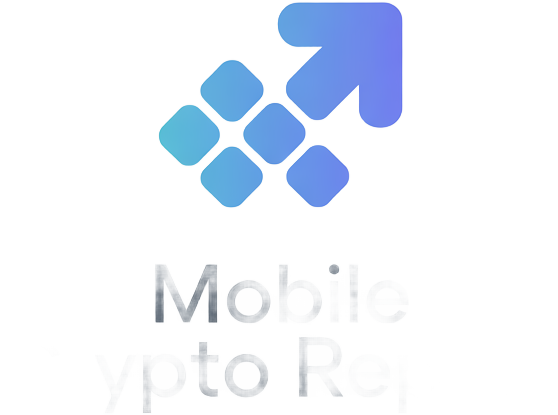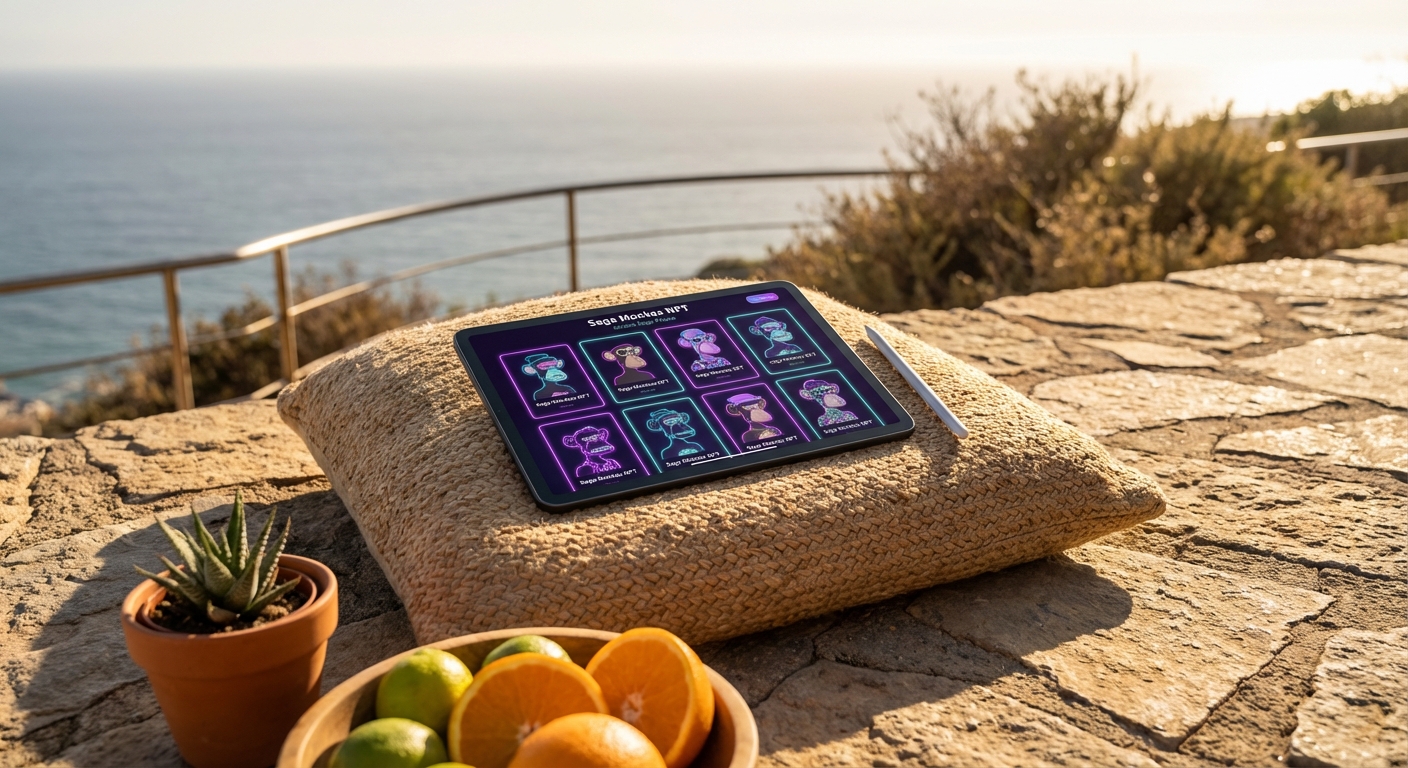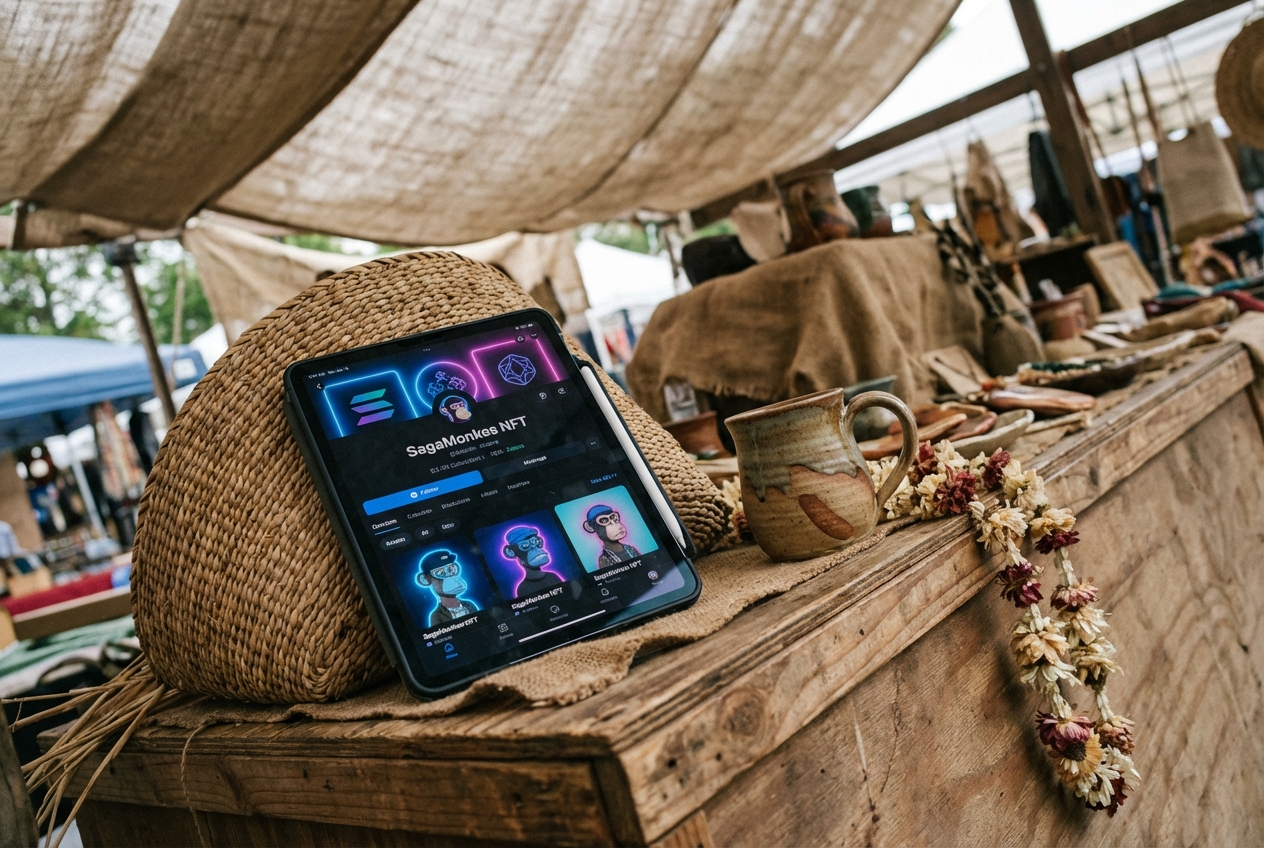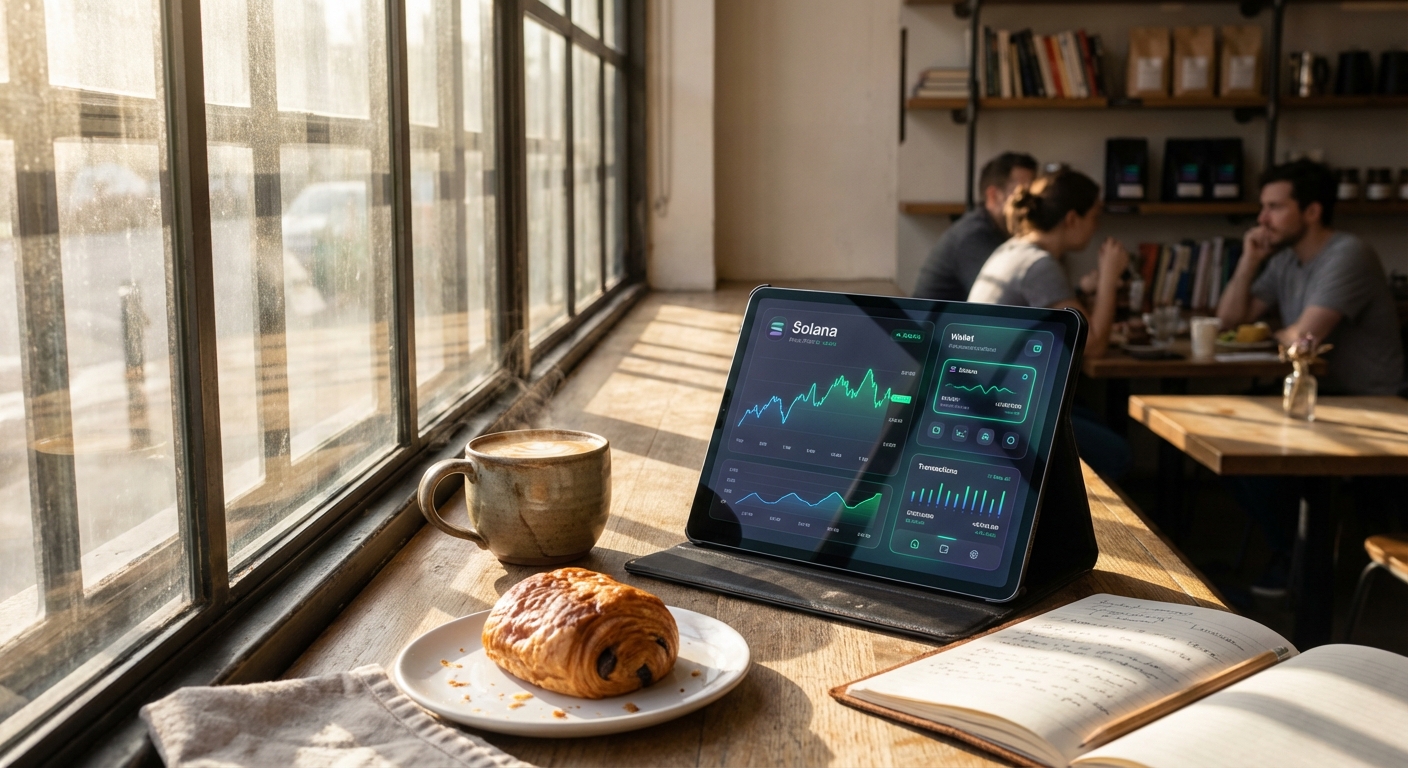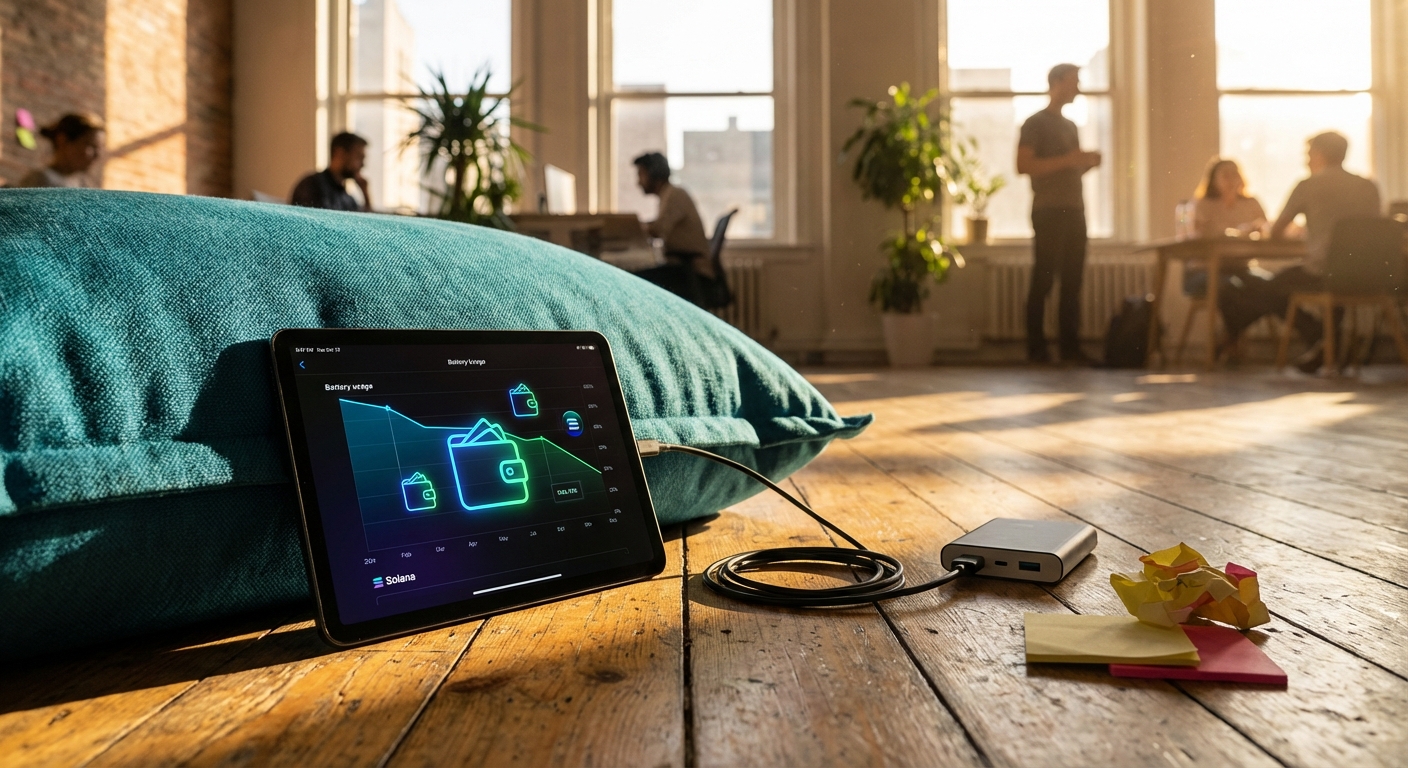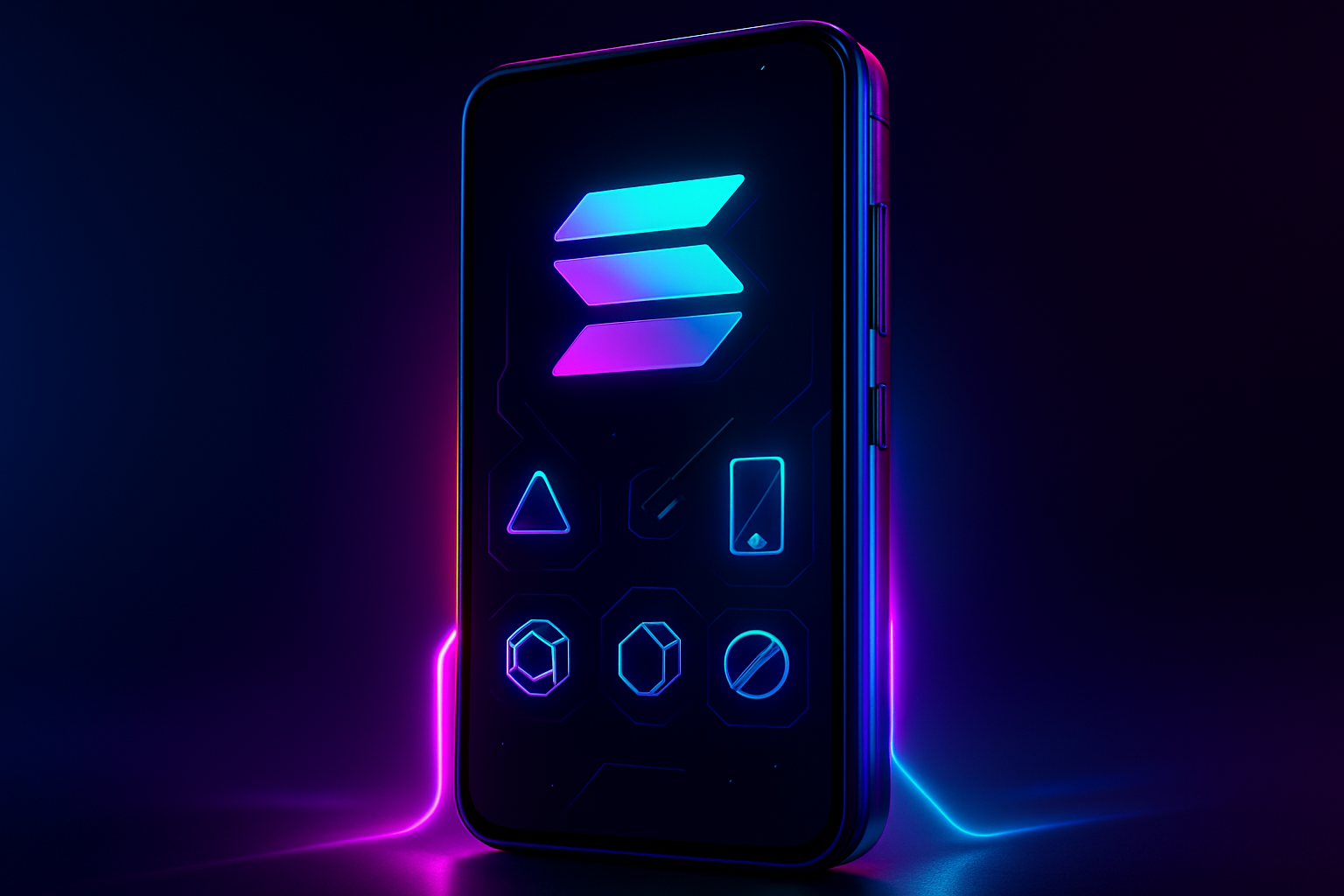
The Solana Saga is not just another Android phone with crypto branding. In 2024, it has become the poster child for the mobile-first Web3 revolution, blending high-end hardware with native blockchain features. For those of us who demand both security and seamless DeFi on the go, the Saga is a game changer, especially as Solana ($SOL) trades at $241.72 today, making every tap and swap on your device matter even more.

How Solana Saga Redefined Mobile Crypto
When Solana Mobile unveiled the Saga in June 2022, skeptics wondered if anyone needed a blockchain-native smartphone. But with features like the Seed Vault (a secure enclave for private key management), a dedicated dApp Store, and robust hardware, Snapdragon 8 and Gen1 processor, 12GB RAM, 512GB storage, the Saga quickly proved it was built for serious crypto users. It wasn’t just about spec sheets; it was about giving users true self-custody and direct access to their favorite DeFi tools, no browser extensions or clunky workarounds required.
The integration of Solana Mobile Stack (SMS) meant that managing NFTs, tokens, and signing transactions could be done securely from your pocket. This was huge for power users who value privacy and want to interact with decentralized apps (dApps) without compromise.
The BONK Airdrop That Changed Everything
The initial $1,000 price tag limited early adoption, but everything changed in December 2023 when Saga owners received a surprise airdrop: 30 million BONK tokens. As BONK’s value spiked, the airdrop alone became worth more than the phone itself, an event that lit up crypto Twitter and pushed the Saga to sell out across the U. S. overnight. The secondary market buzzed with activity as people scrambled to get their hands on this now-lucrative device.
This moment wasn’t just about free tokens, it proved that mobile-first crypto could deliver real rewards to early adopters. Suddenly, owning a Web3 phone wasn’t just cool; it was profitable.
Saga’s Legacy: Ushering in the Seeker Era
The momentum from Saga’s sellout paved the way for its successor: the Solana Seeker. Announced in January 2024 and released in September 2025, Seeker builds on everything that made the original special while addressing user feedback head-on. It introduces improved battery life, an upgraded camera system, lighter chassis, and most importantly, a native wallet developed with SolFlare. This wallet integrates directly with Seed Vault security protocols and adds fingerprint authentication for transaction signing.
If you’re eyeing mobile DeFi in 2024 or beyond, you can’t ignore how these devices are changing expectations around privacy and usability. With preorders topping 140,000 units across 57 countries before launch (according to Blockhead), demand is clear: crypto pros want their wallets, and their keys, in their own hands at all times.
Security remains the Saga and Seeker’s defining feature. The Seed Vault keeps your private keys encrypted and isolated from Android’s OS, ensuring that even if your phone is compromised, your crypto remains protected. Add in biometric authentication on the Seeker, and you get a device that’s far more secure than juggling browser wallets or trusting custodians with your assets. For the mobile-first generation, this is true self-custody, no compromises.
Top 5 Security Features of Solana Saga & Seeker Phones
-
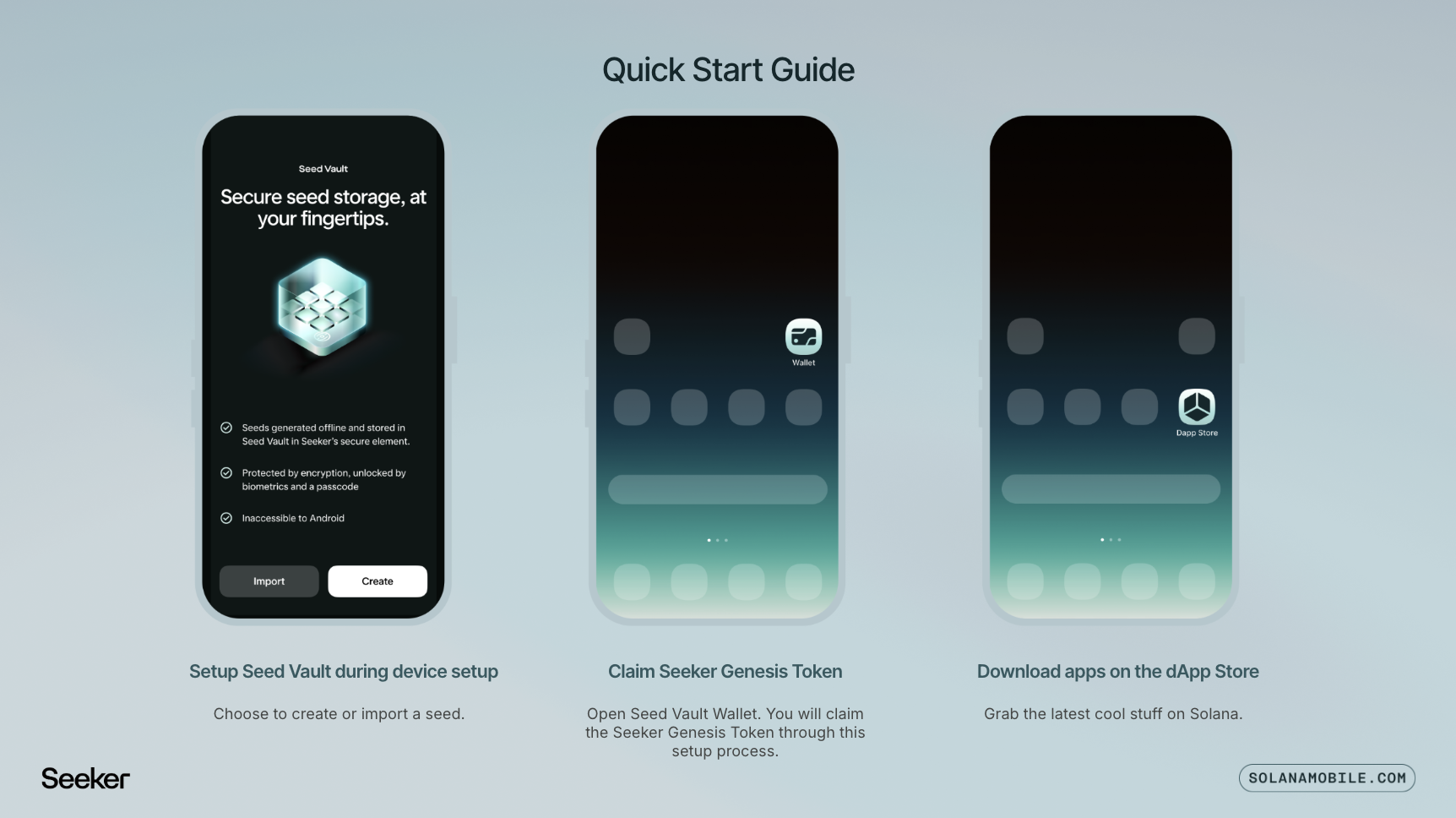
Seed Vault Secure Key Management: Both Saga and Seeker utilize the Seed Vault, a dedicated secure enclave for storing private keys. This hardware-backed solution ensures that sensitive cryptographic keys never leave the device, protecting your digital assets from malware and phishing attacks.
-
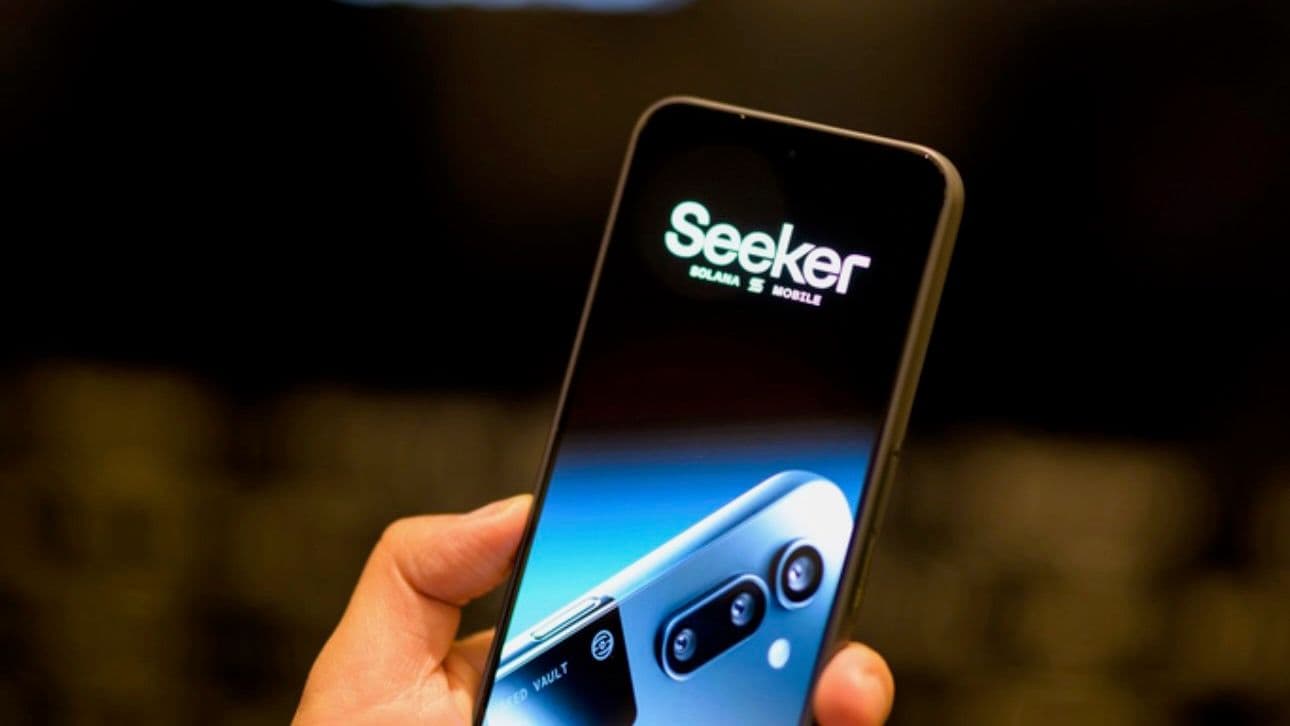
Biometric Authentication for Transactions: The Seeker introduces fingerprint authentication for wallet access and transaction approvals, adding an extra layer of protection. This feature ensures only authorized users can sign transactions or access sensitive wallet functions.
-
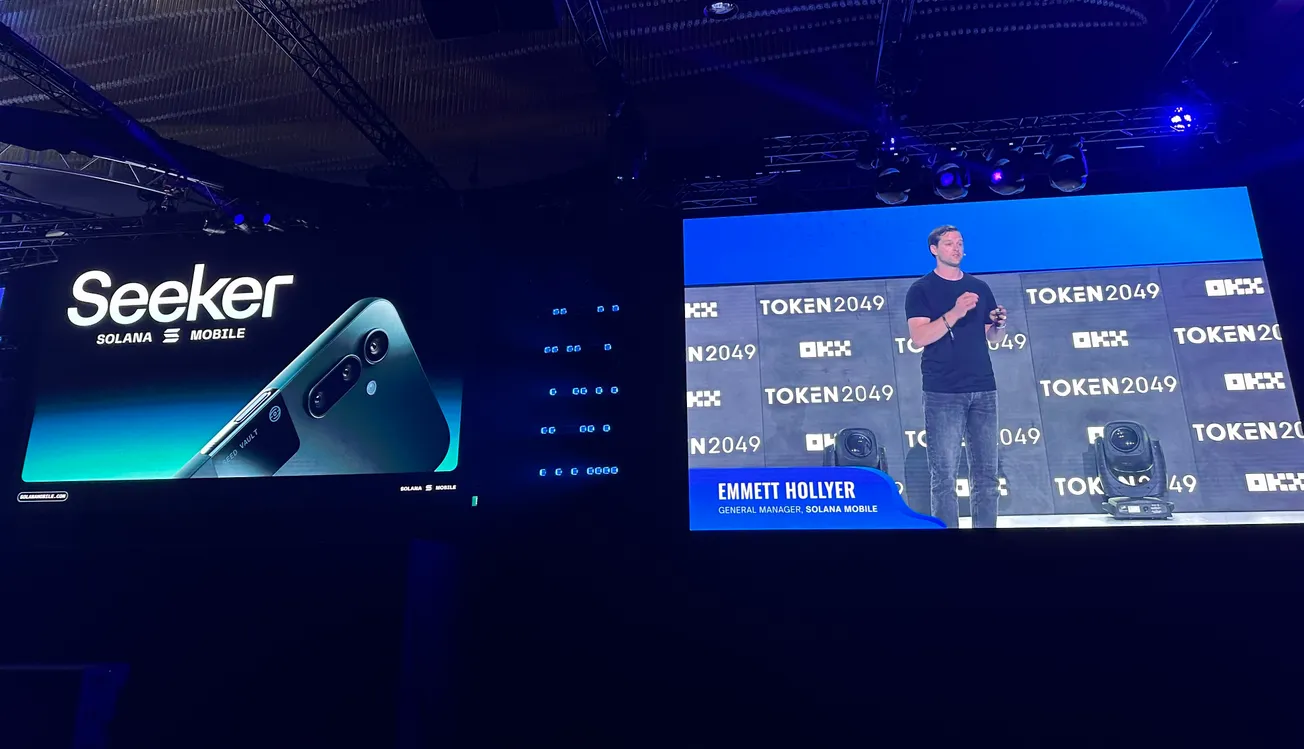
End-to-End Encrypted Wallet Integration: Both phones offer native wallet support—Saga with the Solana Mobile Stack and Seeker with an integrated SolFlare wallet. These wallets are tightly coupled with Seed Vault, providing end-to-end encryption for private key operations and transaction signing.
-
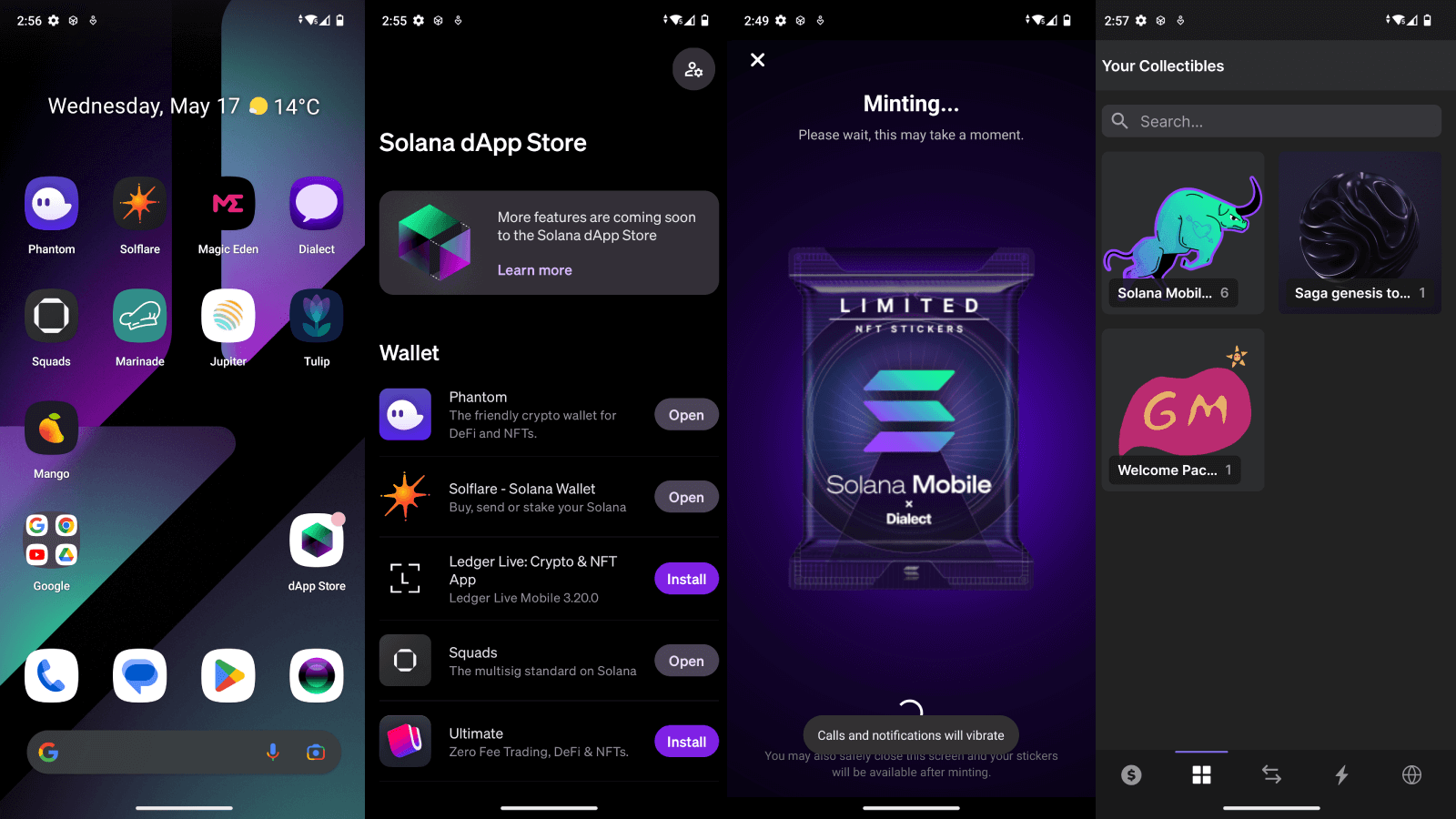
Dedicated Solana dApp Store with Security Vetting: Users access decentralized applications through a curated Solana dApp Store, where apps undergo security reviews before listing. This reduces the risk of downloading malicious or compromised dApps compared to traditional app stores.
-
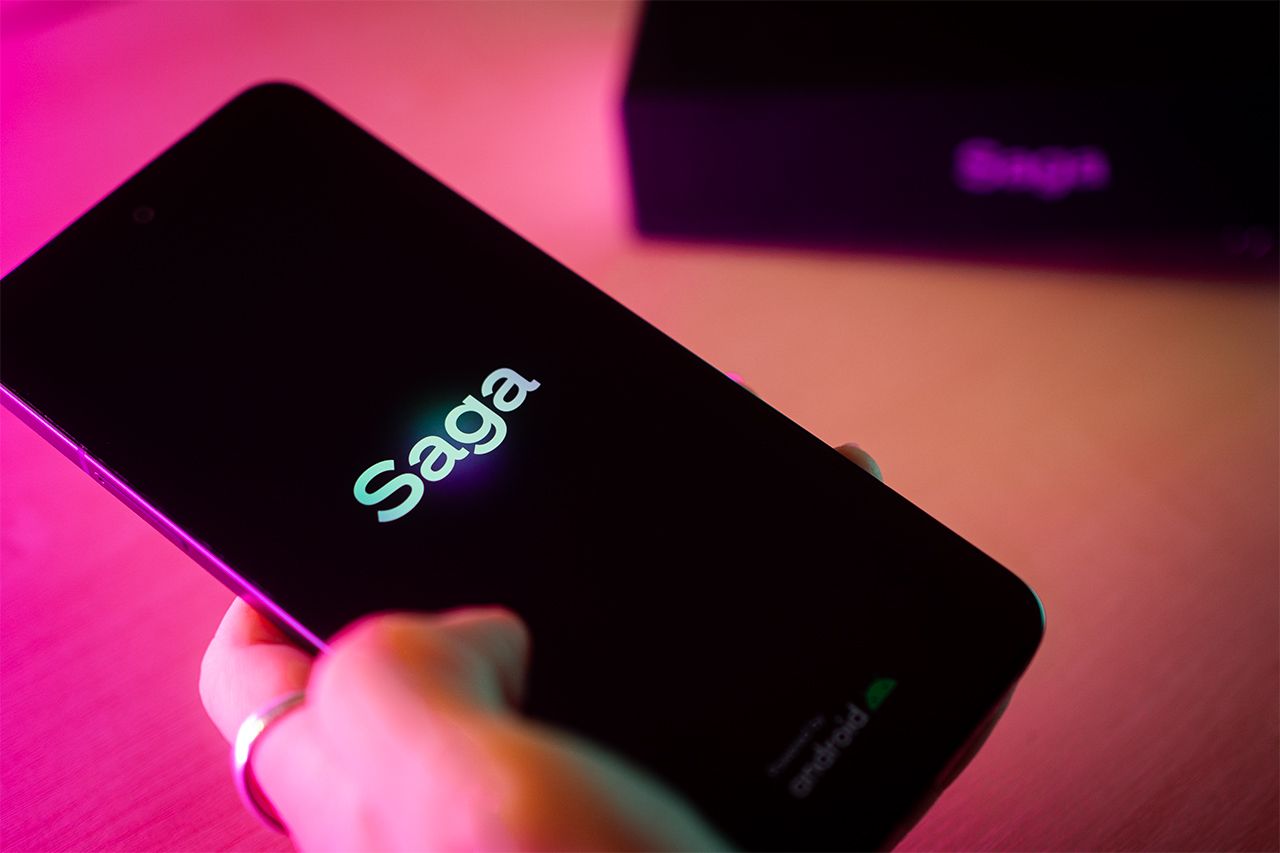
Hardware-Backed Encryption & Secure Boot: Powered by the Qualcomm Snapdragon 8+ Gen1 (Saga) and enhanced hardware (Seeker), both devices leverage hardware-backed encryption and secure boot processes. This ensures the OS and critical data remain protected from tampering or unauthorized access at the hardware level.
But it’s not just about safety. The dedicated Solana dApp Store is a major leap forward for usability. Unlike traditional app stores, it curates only decentralized apps vetted by the Solana Mobile team, reducing scam risks and making it easier to discover new DeFi protocols, NFT platforms, and games built for mobile. While the dApp ecosystem is still growing, it’s already more accessible than sideloading or navigating clunky browser-based wallets.
How Solana Saga Compares to Other Crypto Smartphones
While competitors like the Universal Phone have entered at lower price points (currently $129 plus shipping), neither matches the seamless integration or robust hardware of the Saga or Seeker. The original Saga’s Snapdragon 8 and Gen1 chip and 12GB RAM are still impressive in 2024, and with SOL trading at $241.72, every second saved on swaps or mints adds up.
The new Seeker model further closes any gap with mainstream Android flagships by improving battery life and camera quality while keeping Web3 features front-and-center. And unlike some rivals that rely on third-party wallet apps layered over generic Android builds, both Solana phones offer native crypto UX from boot-up to backup.
Community Response and Real-World Use Cases
The real test for any crypto smartphone is how it holds up in daily use, and here’s where user feedback shines. Early adopters praise how easy it is to mint NFTs directly from their phones without fumbling with QR codes or bridging between devices. Traders love being able to approve swaps instantly with biometrics instead of seed phrases. And thanks to direct airdrops like BONK, many see these devices as investments in themselves.
Are you using a crypto-focused phone like the Solana Saga or Seeker for DeFi?
With the release of the Solana Seeker and the success of the Saga, mobile-first crypto phones are gaining traction for managing digital assets and dApps. As of today, the Seeker is available and SOL is trading at $241.72. We’re curious—are you embracing this new wave of Web3 smartphones for your DeFi activities?
Of course, no device is perfect: some users still want a broader selection of dApps and crave even deeper integration with other blockchains beyond Solana. But as more developers target mobile-first DeFi experiences, and as prices like $241.72 SOL make every transaction count, the trend toward secure, user-owned mobile crypto is only accelerating.
The Future of Mobile DeFi Belongs to You
The story of the Solana Saga isn’t just about hardware specs or memecoin windfalls; it’s about empowering users to take control of their assets wherever they are. With phones like Saga and Seeker leading the way, we’re moving into an era where your keys really do mean your crypto, and you don’t have to compromise on security or usability just because you’re on mobile.
If you’re ready to join the movement, or just want a taste of what true mobile-first Web3 feels like, keep an eye on this space, because things are only getting started.
